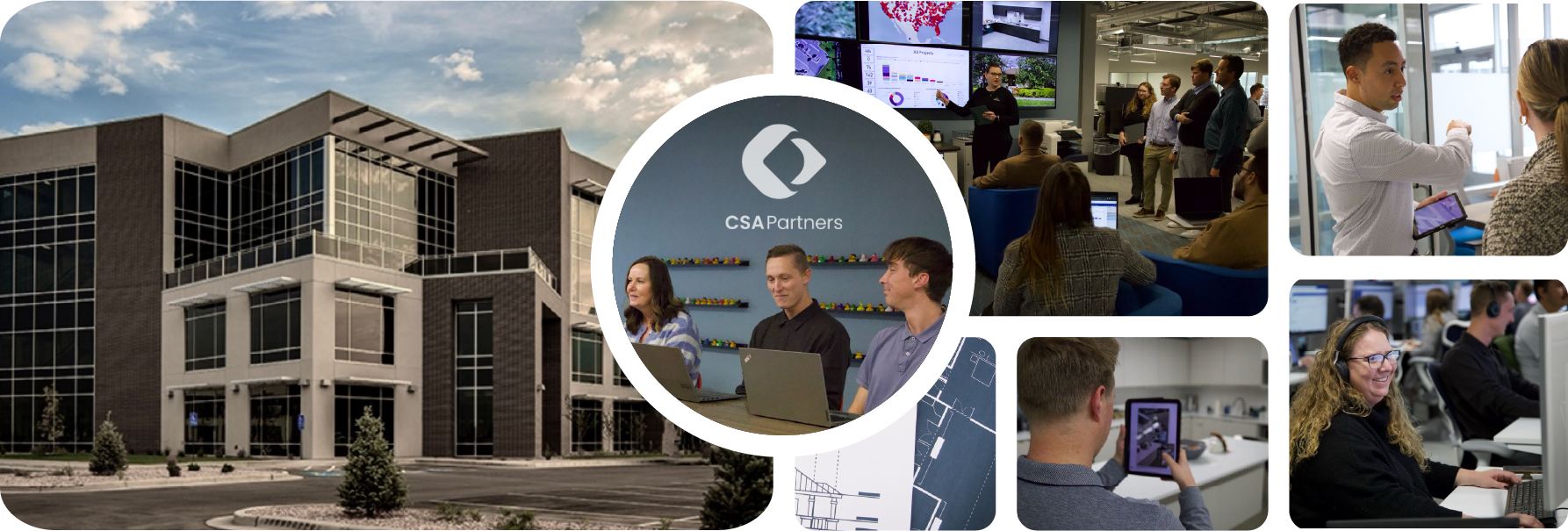- Looking for a first-class cost segregation study?
Benefits of Cost Segregation Studies
Cost segregation services are one of the most effective ways to free up liquidity and improve cash flow. By reclassifying some assets, you can accelerate the depreciation of real estate assets. When you leverage these accelerated depreciation deductions, you can defer tax liabilities and improve cash flow.
If you own a qualifying commercial/residential rental property and you are currently paying taxes, cost segregation is likely to provide significant economic benefit for you. Although every situation is unique, you could potentially increase your cash flow by as much as 20-40% of the property’s basis.

Most Commercial and Residential Rental Properties Qualify
If your property was built, renovated, or purchased after 1986 and has a depreciable cash basis of $300,000 or above, it may qualify for cost segregation. Although new construction qualifies immediately for accelerated depreciation, older properties allow you to take larger deductions to compensate for the time lag. In some cases, leasehold improvements may also qualify.
To leverage cost segregation for tax purposes, the subject property must be located within the United States. Finally, the property must be held in the name of an individual, a limited liability company, a partnership, or the property’s managing/operating entity.
Ready to Accelerate Your Cash Flow? Here’s Where to Start
Our cost segregation advisors begin by performing a tax savings analysis for you at no cost. We deliver our free, no-obligation benefits analysis usually within 24 hours of your request.
It is important to realize that not all cost segregation studies are alike. We deliver best-in-class, engineering-based studies that stand up to the intense scrutiny of the IRS. Here are just a few reasons that many of the nation’s leading CPA firms, real estate investment firms, and corporate enterprise clients place their trust in CSA Partners.
Not All Studies Are Created Equal
Experience. Since 2006, CSA Partners has performed thousands of studies across the country and we’ve seen everything. From a routine $100K single-family rental home in the middle of Tennessee to $100 million resort renovations in Sun Valley, Idaho, our team has expertly reclassified a variety of assets for faster depreciation, saving millions of tax dollars in the process.
Our Difference. As highlighted throughout this website, NOT ALL STUDIES ARE CREATED EQUAL. And, we can prove it! Having the experience to identify shorter-life assets within any building that others will miss can make a substantial difference. Nothing is more frustrating for us than to see a potential client save a thousand dollars on the cost of a study only to lose tens of thousands in tax savings due to inexperience or incompetence in this business. Don’t be this person.
Service & Support. We’ve been around for over a decade, but have stayed true to what has made us successful—responsive service. Just ask any of our loyal partners and clients. You will always reach live support ready to serve and find the answers to your questions. No-cost benefit analyses on all properties are generally turned around in 24 hours. And, we back up all of our work 100%, including no-cost audit support for anything related to our study.
Who We've Worked With























